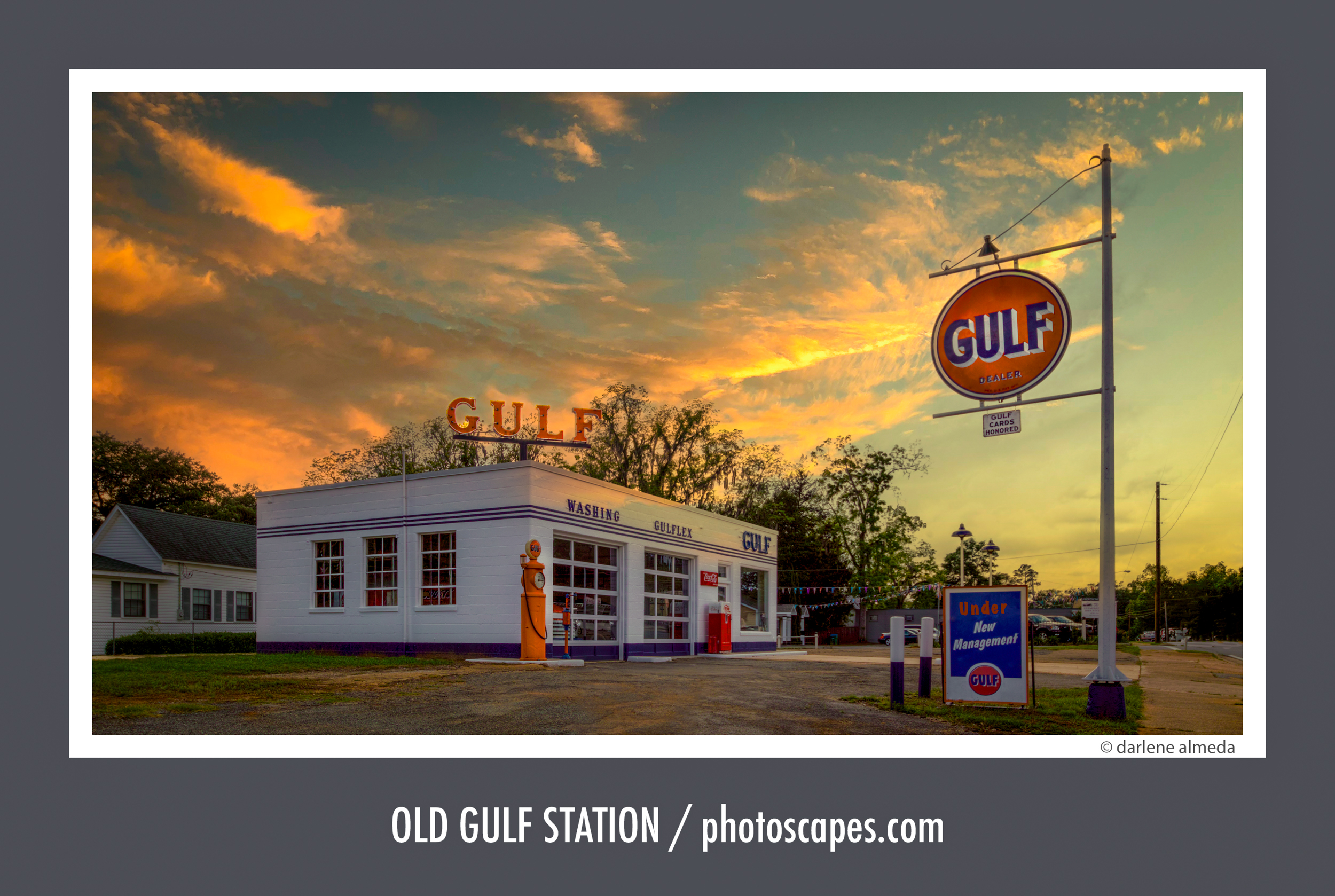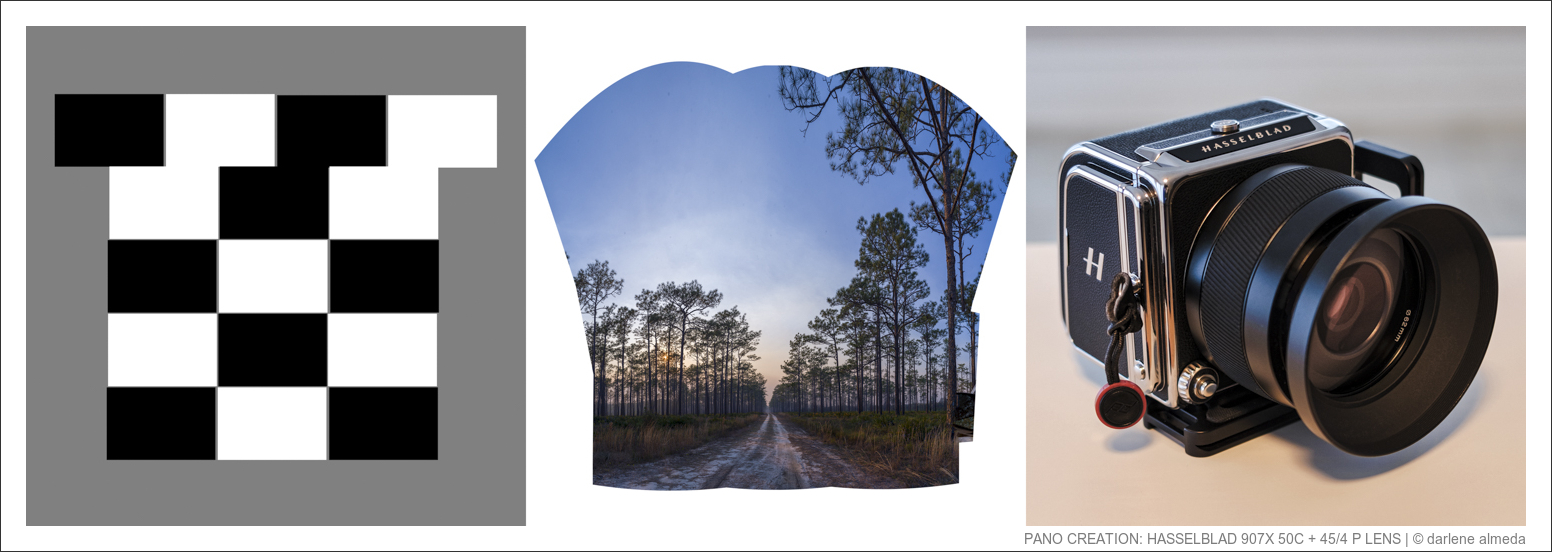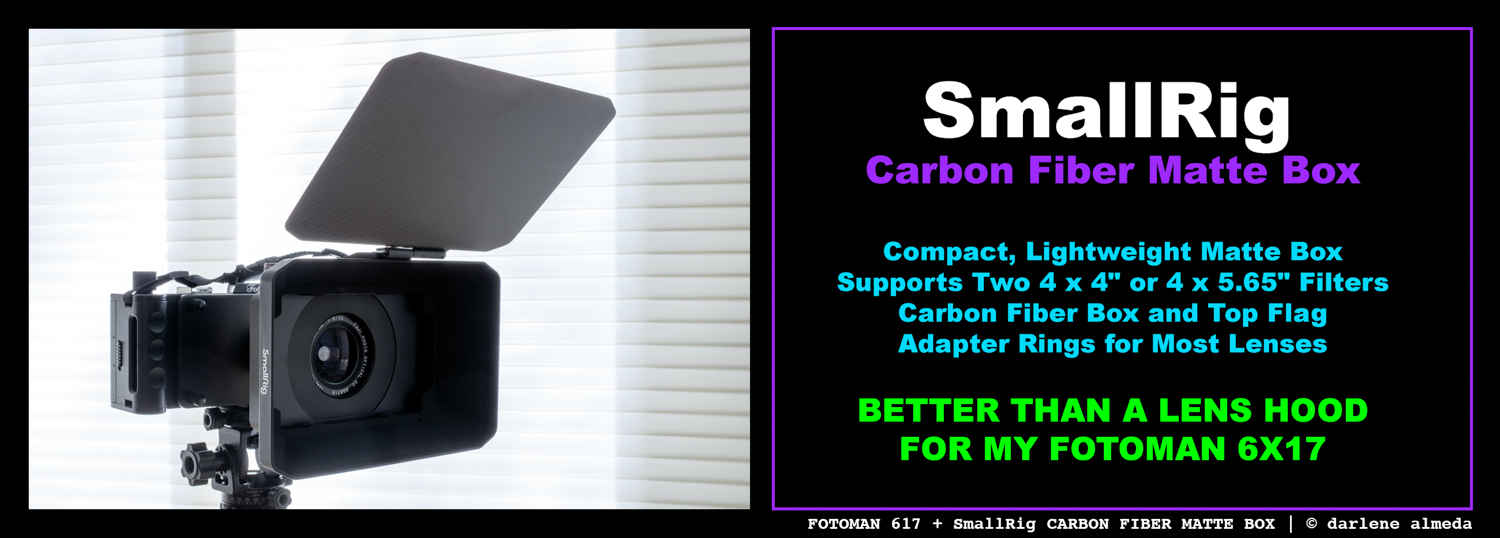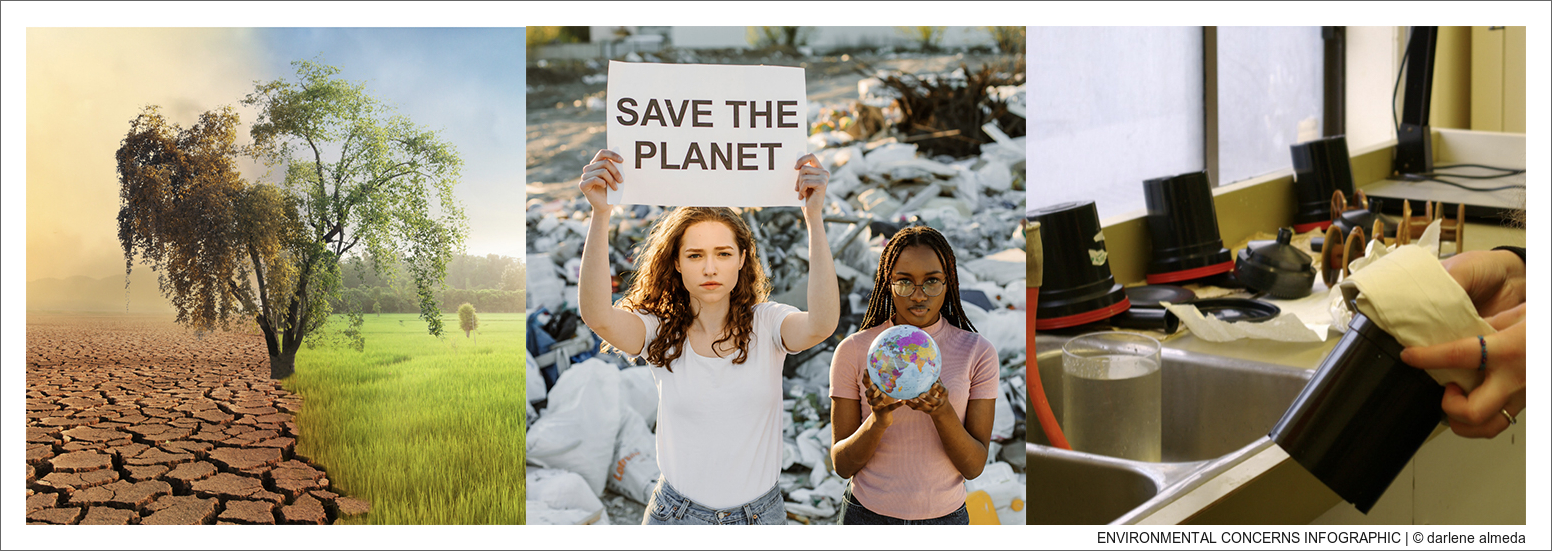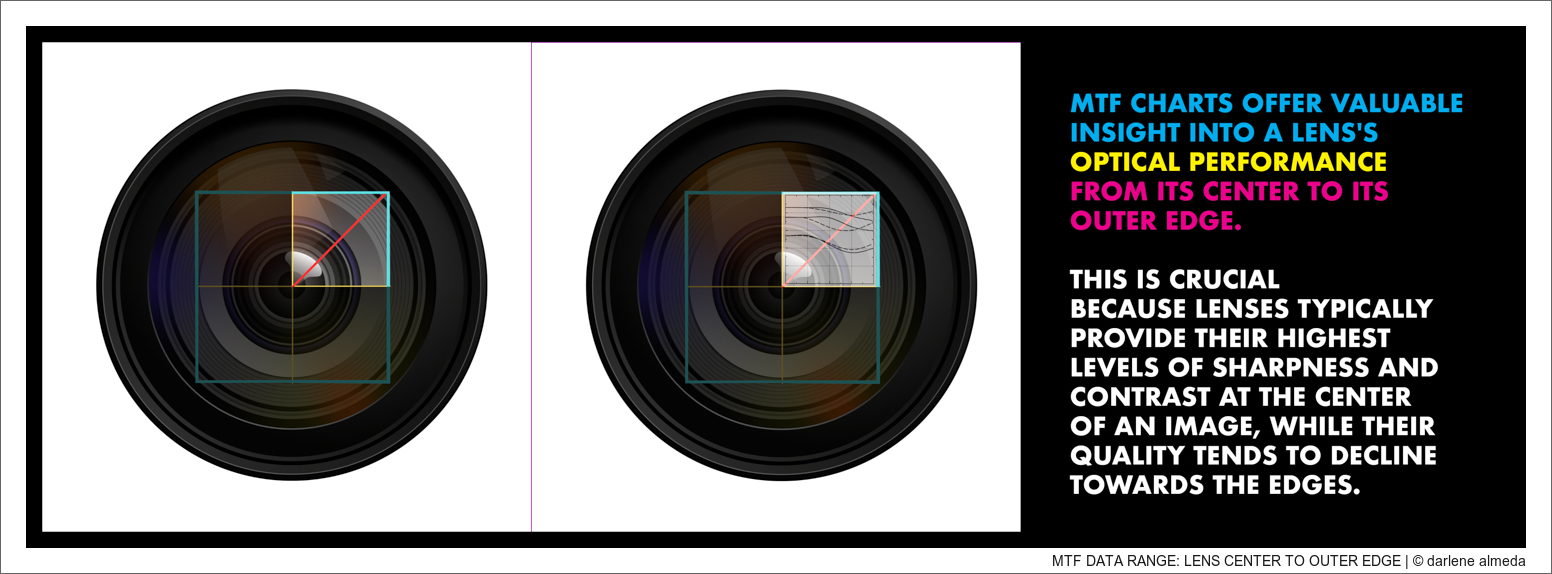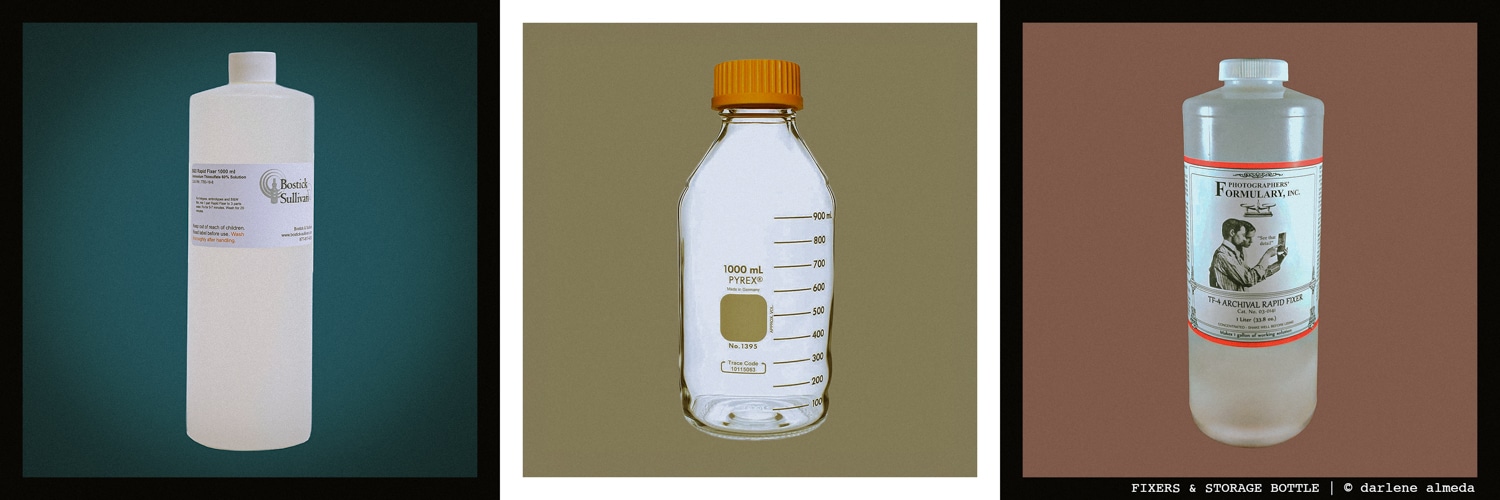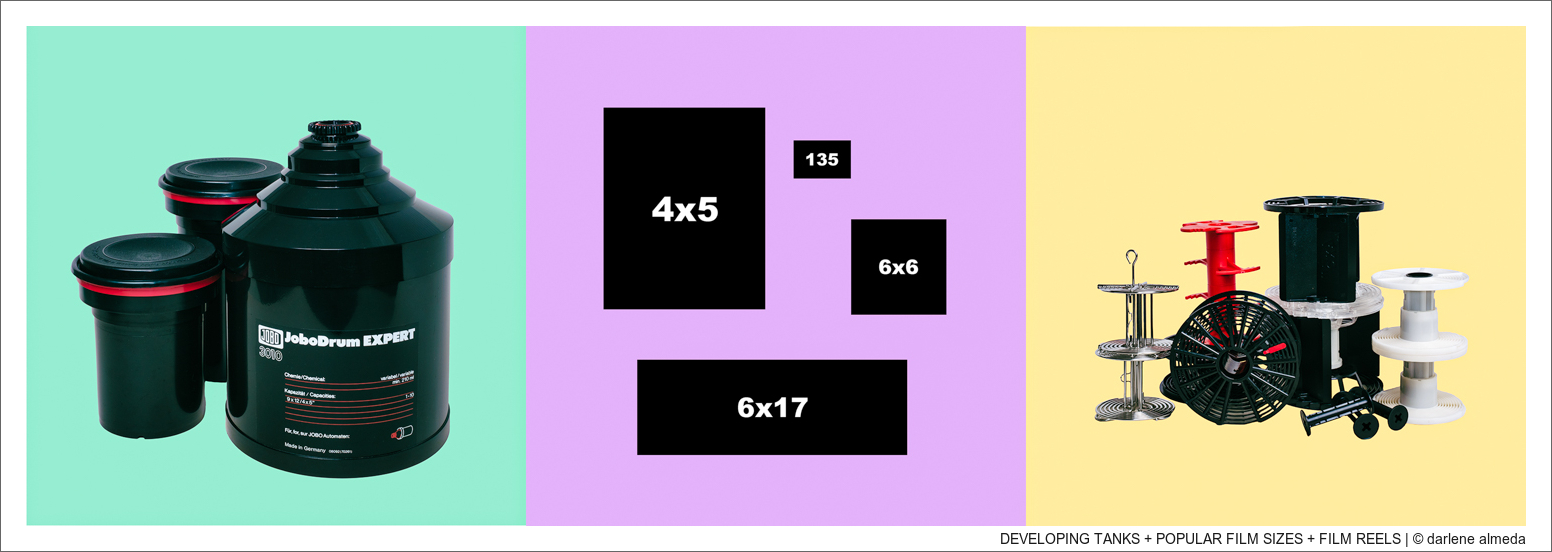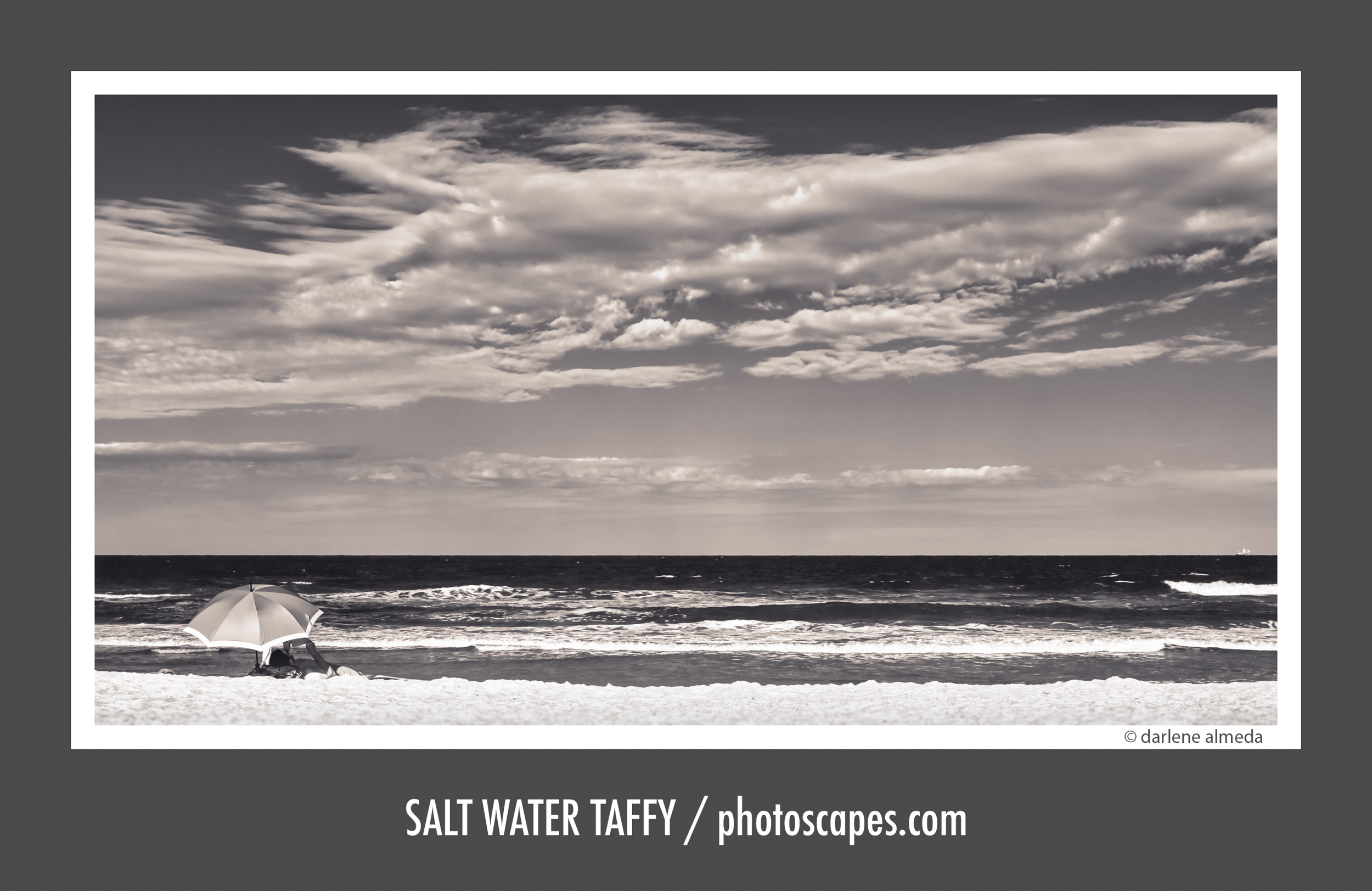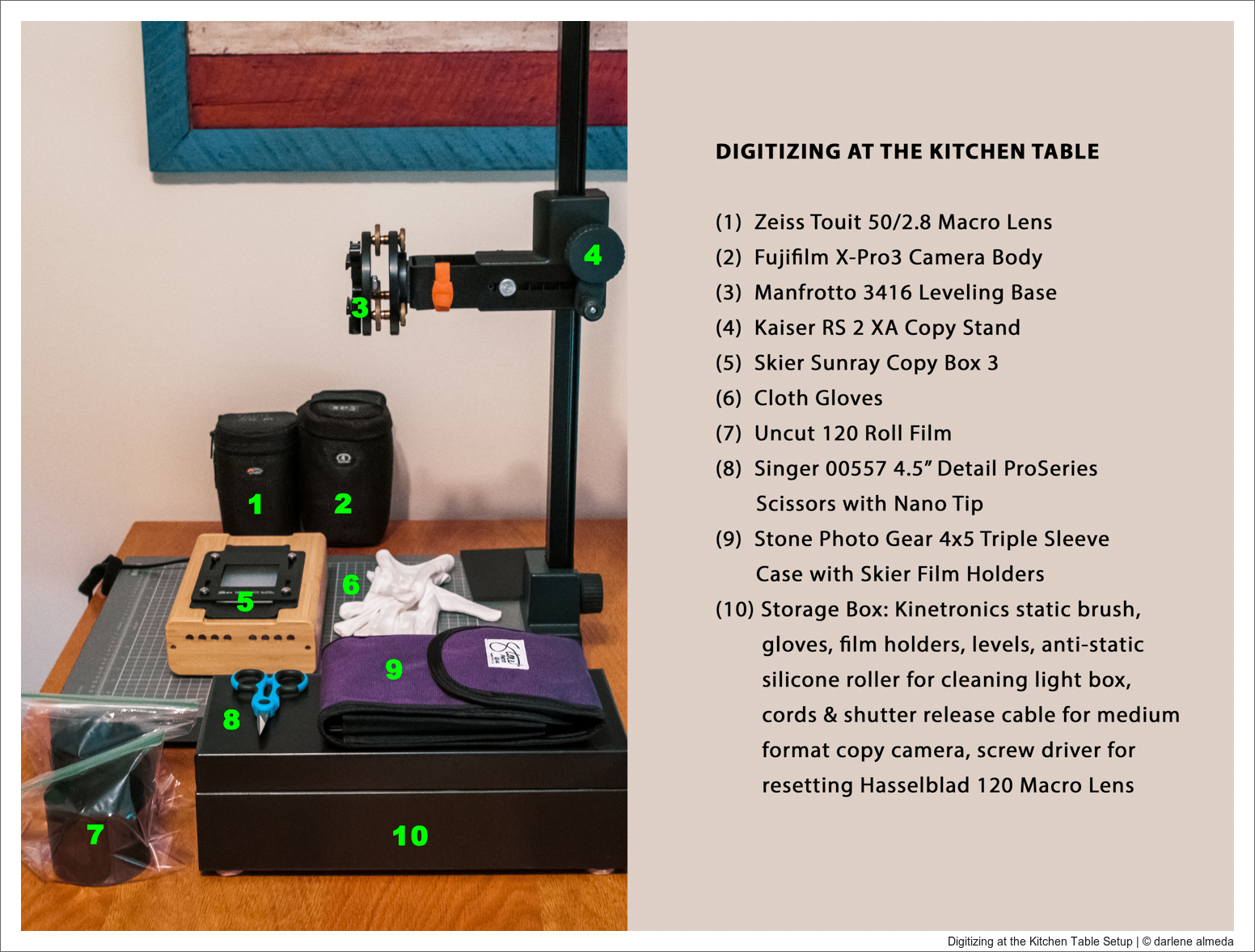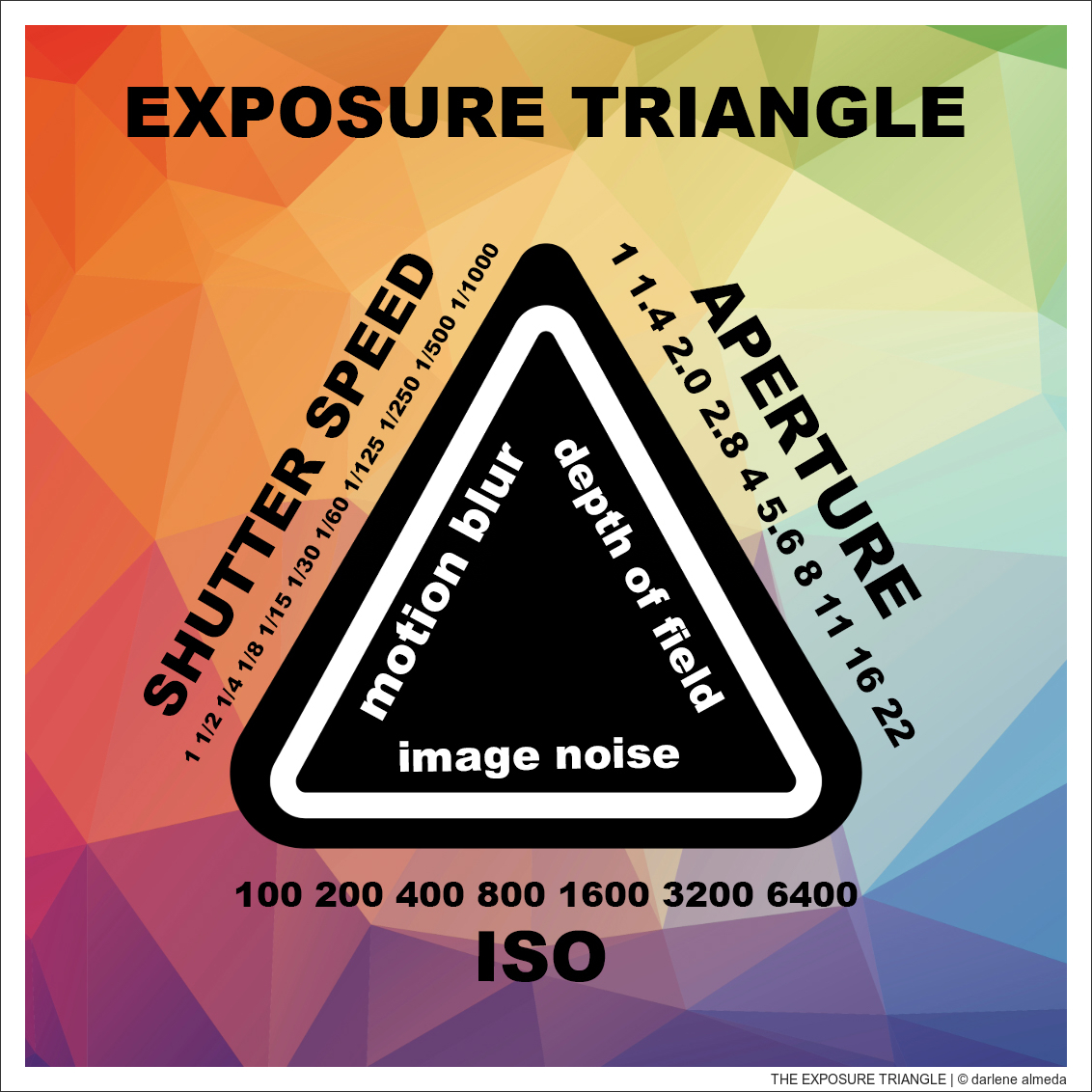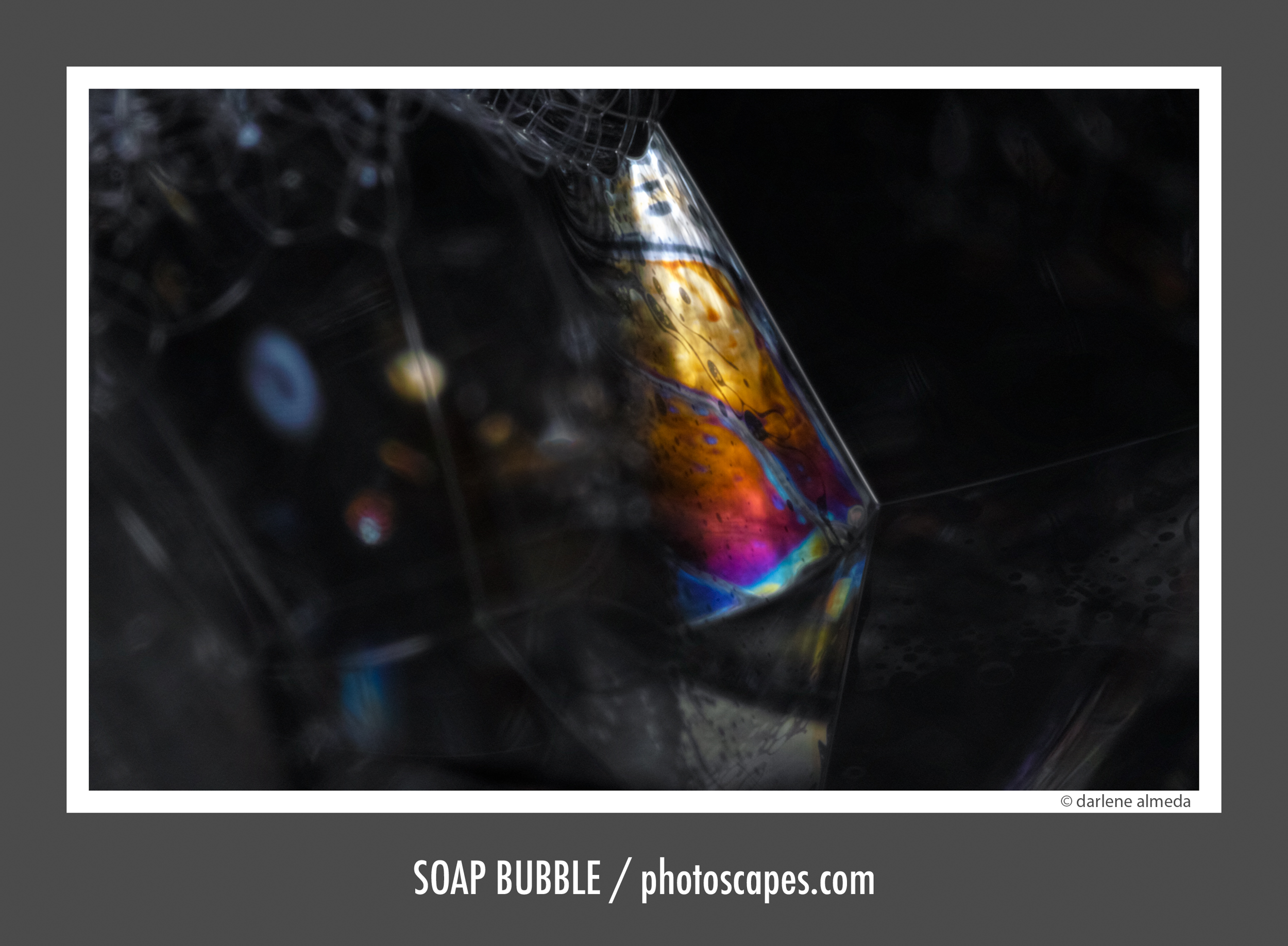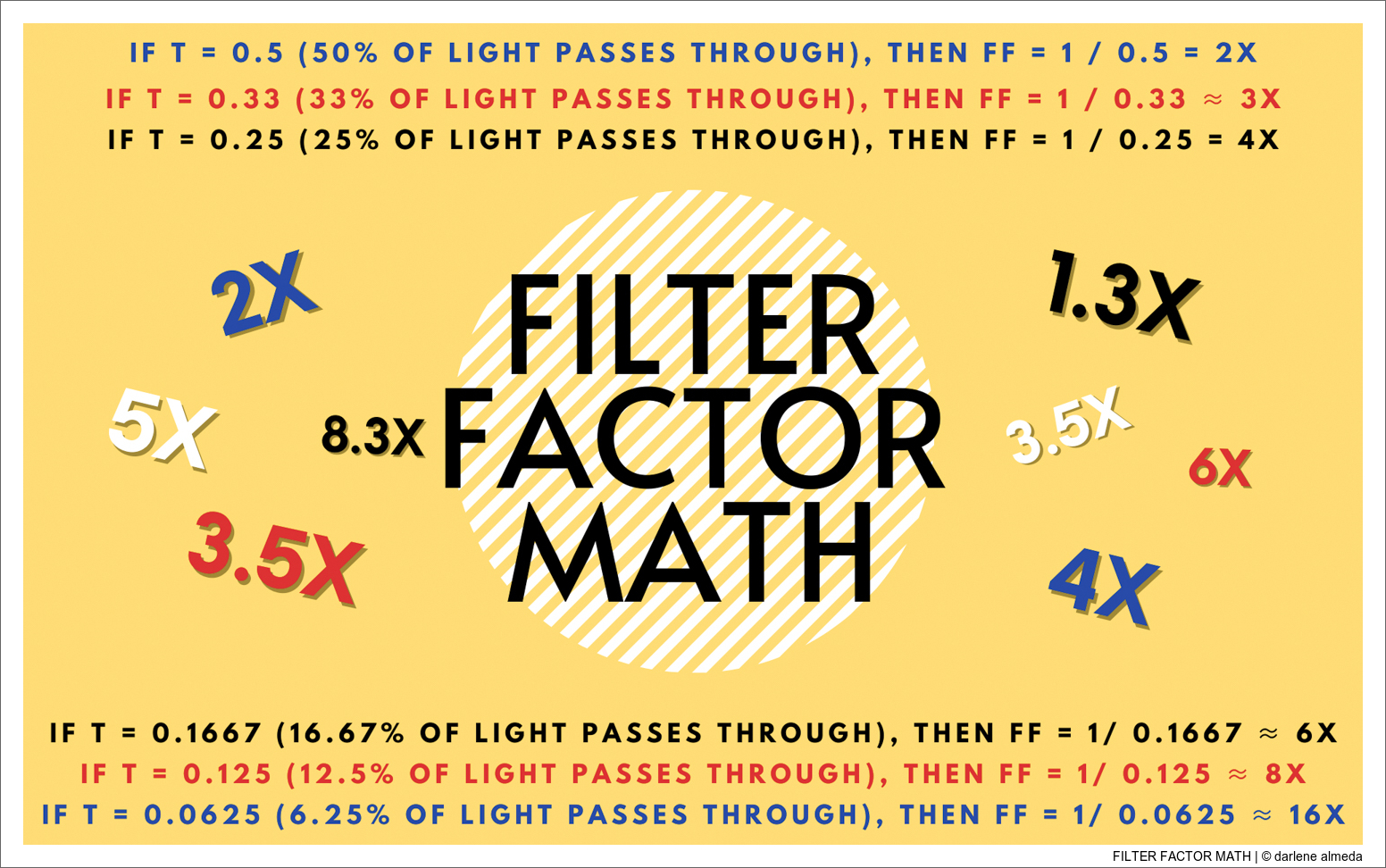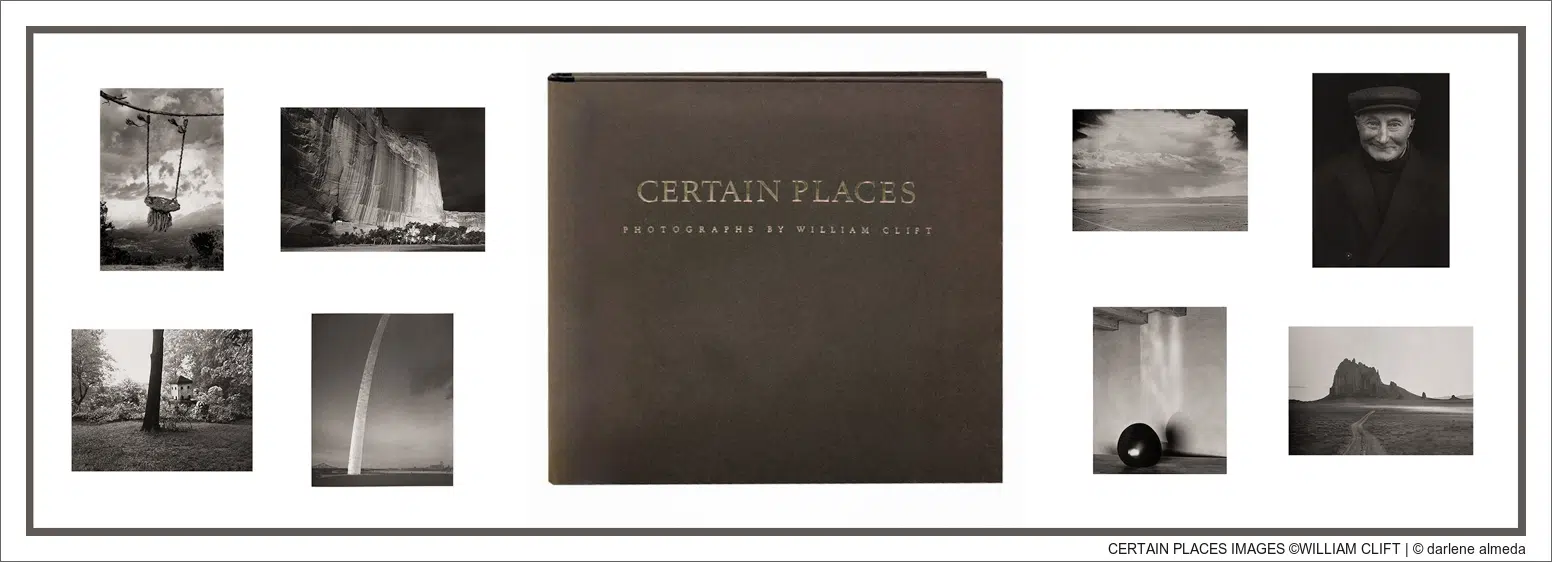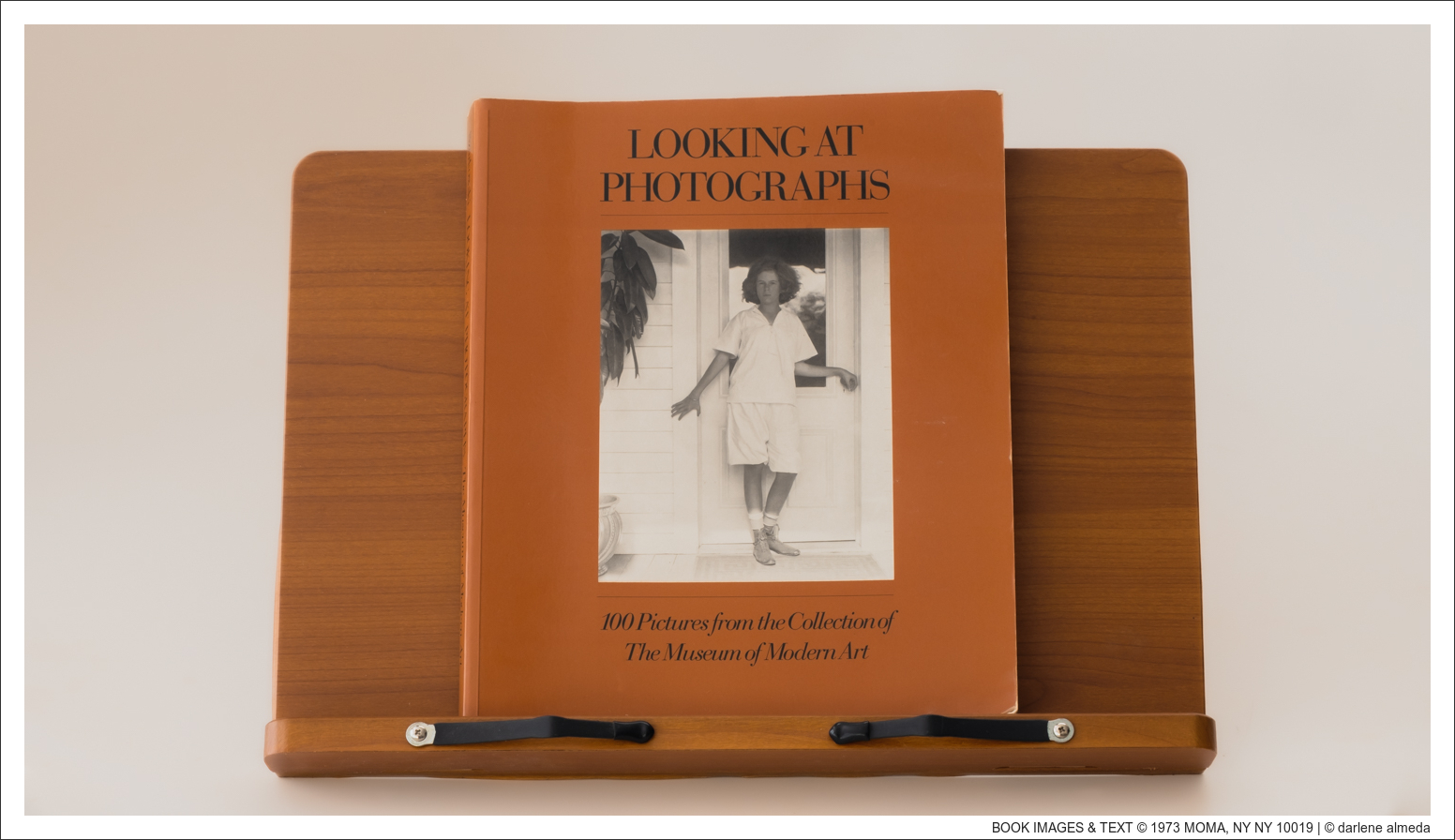After spending the past few weeks deep in Sigma Merrill land, I decided it was time to dig through some of the files I’d made with those marvelously eccentric cameras. My favorite of the bunch is still the SD1 Merrill, which I’ve held onto like a vintage sports car I only take out on Sundays. It doesn’t get much use these days—mostly the occasional macro abstract art session—but it stays in the kit because, well, I can’t let it go. Two bodies, a few lenses, and a healthy dose of nostalgia.
I once tried using the SD1 for infrared photography. Why? Because it was ridiculously easy to pop out the IR-blocking filter—at least, until reality set in. Turns out, my converted Fujifilm X-E2 is the better tool for the job. Why, you ask? Simple. EVF beats optical finder every single time, especially when you’re staring through what’s basically a piece of pitch-black glass (hello, R72 filter). Try composing a shot that way! Once the X-E2 was converted to 590 nm by LifePixel, I happily retired the filter and the many headaches that accompanied using it.
The photo I’m sharing here is of an old Gulf Station that’s been lovingly restored. I haven’t been back in years—pre-COVID, actually—so I can only hope it’s still standing tall and freshly painted. When I first photographed it, I met the caretaker, an older gentleman who invited me to their monthly car show. He wasn’t the owner, just a proud volunteer keeping the place alive, like a one-man preservation society with a bucket of wax and a dream.
Sadly, places like that are vanishing faster than Kodachrome. As the old guard fades away, the land gets sold, and history turns into parking lots. The town of Quincy once thrived on tobacco farming and Coca-Cola wealth, but today it’s more ghost than boomtown. Still, it has stories—and I keep driving through on my way to camping spots, hoping to catch another glimpse of its past through the lens.
I’ve photographed that Gulf Station multiple times, but it wasn’t until one sunset evening—armed with my Sigma Foveon and a bit of patience—that I finally captured the image I’d been chasing. Funny how that happens. The curator of a local American Institute of Architects show asked to borrow the print after seeing it, and I said yes—though I skipped the show itself. I don’t do exhibits anymore.
These days, I’ve split into two photographers: one happily retired commercial shooter who’s done with galleries and deadlines, and one joyful amateur who just enjoys the adventure. No more print sales, no classrooms, no client calls—just cameras, curiosity, and the occasional road trip with good light.
So, if there’s an old gas station sagging at the seams, a neon sign still humming in the twilight, or a boarded-up shop that once buzzed with life — grab your camera and go. Don’t wait for “someday.” History has a way of quietly packing its bags while we’re busy scrolling through our phones.
Get out there, explore, and capture what’s left of the past before it fades. You don’t need permission — just curiosity, good light, and maybe a full tank of gas. The world won’t stay still, but that’s the beauty of what we do: we can make a little piece of it stand still, forever, and maybe, in the quiet click of the shutter, we give the past one more breath of life.

